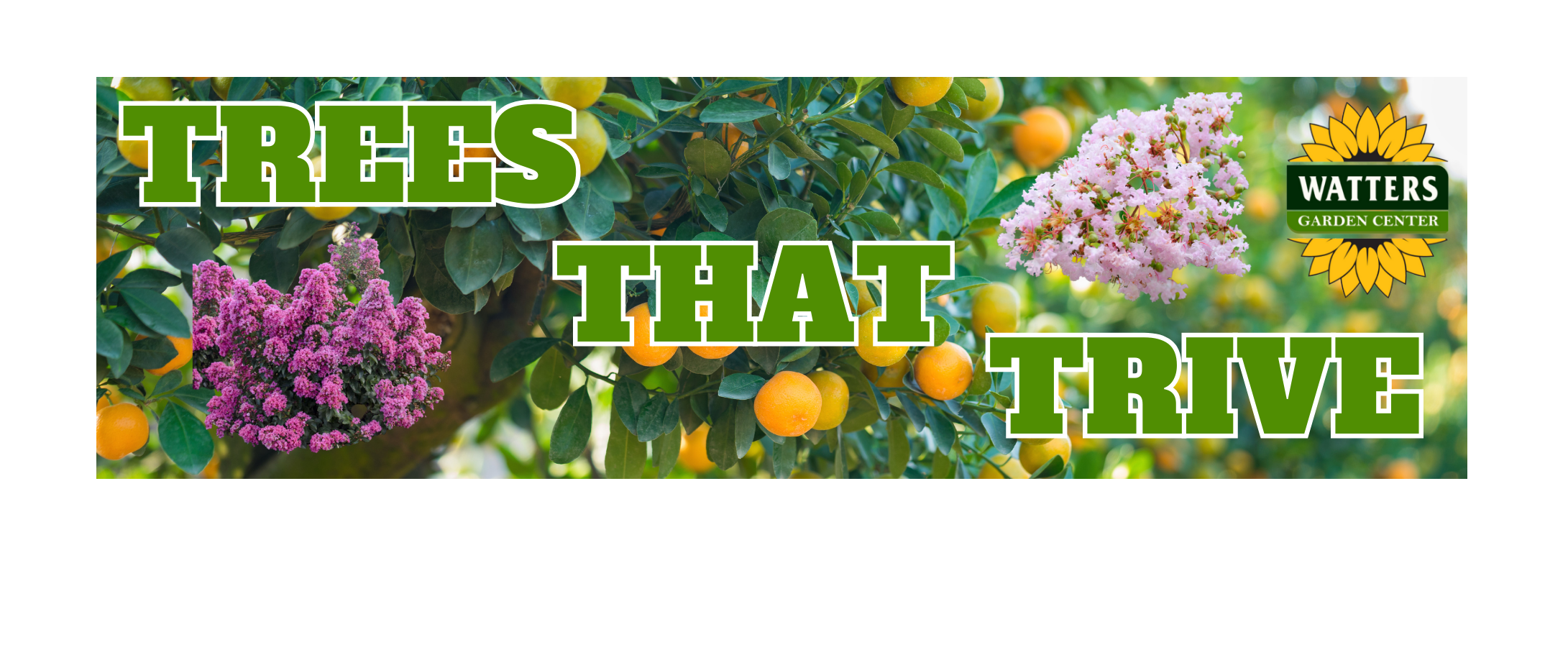-
Video Tips
Green Thumb Hacks in Every Clip
Every video brings you clever, hands-on gardening tricks that make growing easier—whether you’re composting kitchen scraps, launching container gardens, mastering natural pest control, or trying space-saving ideas like vertical planting and toilet-roll seed starters.
Watch Gardening Tips! -
Gardening Classes
Free Garden Class every Saturday
Timely Insider tips to local landscapes shared in this one hour class
Saturdays @ 9:30 FREE
-
Mountain Gardener Radio
Welcome to Mountain Gardener Radio—your trusted companion in cultivating beauty and bounty in the highlands. Tune in to discover how to make the most of your unique growing environment and transform your mountain garden into a flourishing paradise.

Visit us Today?
Address
1815 Iron Springs Road
Prescott, AZ 86305
Phone:
928-445-4159
Store Hours:
Monday-Saturday 9am-5pm
Closed Sundays












